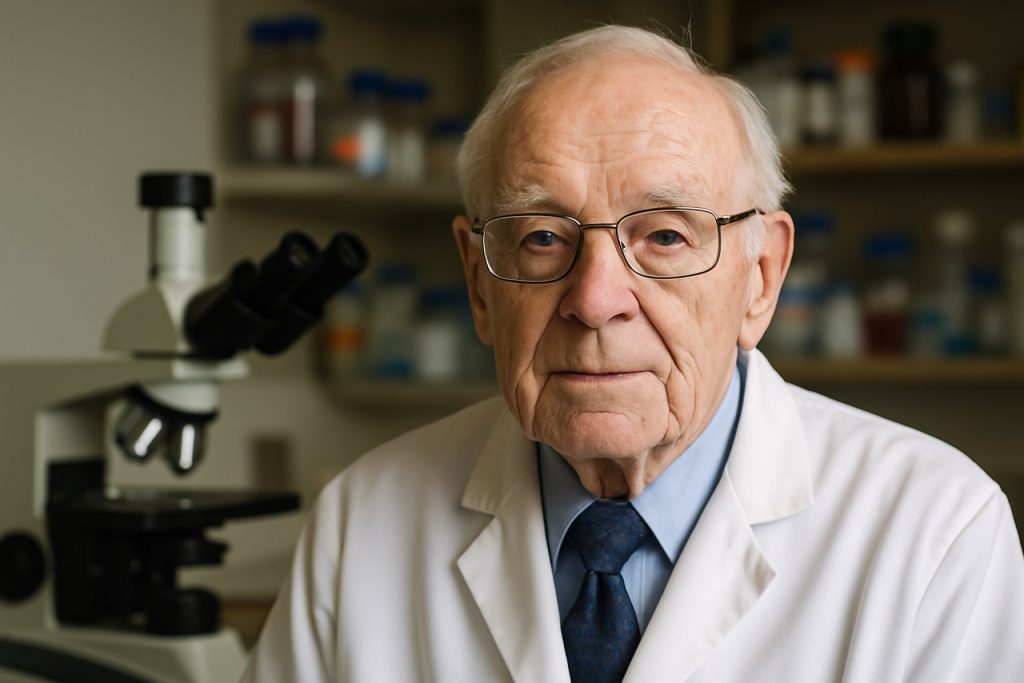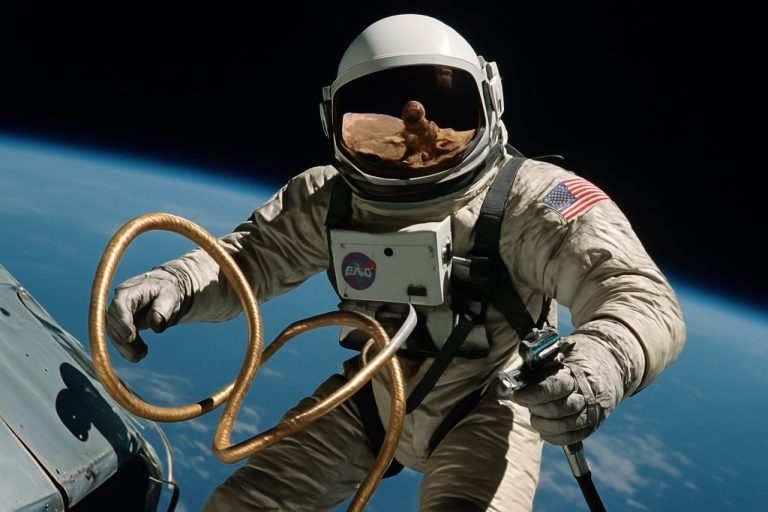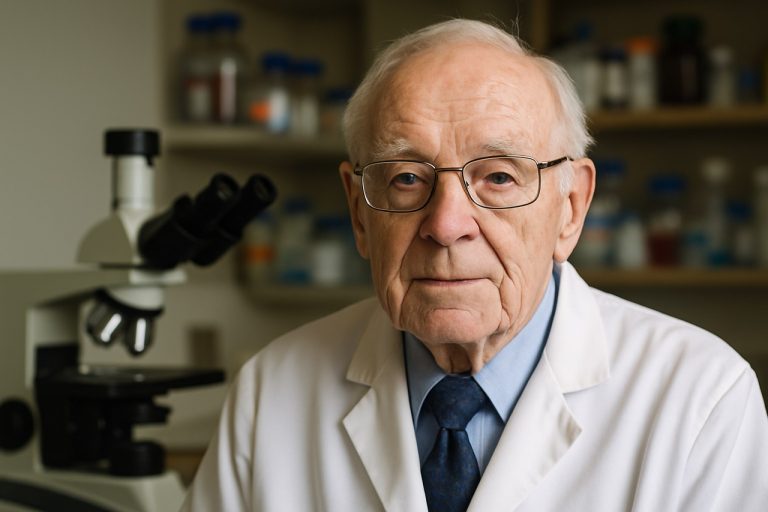
The Untold Story of Dr. James Till: How One Canadian Scientist Changed Medicine Forever
Dr. James Till’s stem cell discovery sparked a revolution, saving millions of lives and transforming global medicine as we know it.
- First proof of blood-forming stem cells: 1961
- Age at passing: 94
- Lifesaving impact: Foundation for bone marrow transplants, regenerative medicine
- Honours: Albert Lasker Award, Canadian Medical Hall of Fame, Order of Canada
The University of Toronto and medical communities worldwide are mourning a true scientific giant: Professor Emeritus James Till. More than 60 years ago, Dr. Till and his colleague Ernest McCulloch set in motion a biomedical revolution. Through groundbreaking experiments, they gave the world its first glimpse of the stem cell—forever changing the way medicine approaches healing and disease.
Dr. Till, who passed away in Toronto at age 94, is not just a scientific legend; he is the unsung hero behind every successful bone marrow transplant, every breakthrough in regenerative medicine, and every treatment that leverages the potential of human stem cells. Their pioneering work triggered advances in therapies that now repair organs, regenerate damaged tissue, and offer hope for terminal illnesses.
How Did Dr. Till Discover Stem Cells?
It started with a question: How does the body regenerate blood after trauma? Back in 1961, in the labs of the Ontario Cancer Institute (now the renowned University Health Network), Dr. Till and Dr. McCulloch transplanted bone marrow cells into mice that had endured radiation. In a flash of insight, they noticed tiny bumps—cell colonies—forming on the mice’s spleens. Upon inspection, each colony originated from a single stem cell capable of producing every type of blood cell.
Their 1963 Nature study proved these elusive cells could not only self-renew but also differentiate—a phenomenon at the heart of all regenerative medicine today. Collaborations with scientists like Louis Siminovitch fortified the evidence, setting the bar for rigorous, transformative science.
Why Does Dr. Till’s Work Matter Now?
The ripple effect of Dr. Till’s discovery is still being felt. Every year, thousands of patients benefit from bone marrow and stem cell transplants that trace their origins to these early breakthroughs. As biotech startups and hospital researchers push the edge of regenerative medicine, personalized therapies, and organ repair, Dr. Till’s work remains the gold standard in the field.
Beyond the lab, he guided a new generation of scientists as a professor and mentor at the University of Toronto. His leadership helped establish Toronto as a world leader in stem cell science.
What Made Dr. Till a Visionary?
Dr. Till never stopped innovating. In the 1980s, he widened his research scope to improve cancer patient care, study medical ethics, and even explore the internet’s emerging role in healthcare. Awards such as the Canada Gairdner International Award and his induction into the Canadian Medical Hall of Fame only scratch the surface of the recognition he received.
Even after retiring in 1997, Till’s legacy thrived—mentoring young researchers, advancing ethical questions in medicine, and shaping the future of how doctors approach healing at the cellular level.
How Can Future Scientists Build on Till’s Legacy?
The roadmap is clear: keep questioning, keep experimenting, and always connect scientific discovery to patient hope. Innovations in 2025—like lab-grown organs and precision cancer therapeutics—directly build upon the stem cell foundation Dr. Till laid down decades ago.
Inspired by his humble origins in rural Alberta and his relentless commitment to discovery, scientists worldwide are poised to deliver the next generation of lifesaving breakthroughs.
What’s Next for Regenerative Medicine?
With AI-powered research and CRISPR gene-editing tools, the future of regenerative medicine looks brighter than ever. Global institutions, led by trailblazers like the University of Toronto, are racing to unlock new frontiers—building on Dr. Till’s original vision of a world where healing knows no bounds.
Honor Dr. James Till’s legacy by supporting stem cell research and celebrating groundbreaking science. Here’s how you can continue the journey he began:
- Learn more about the power of stem cells at NIH Stem Cells
- Follow latest cancer research from Cancer.ca
- Support innovative medical science at your local research institutions
- Stay curious—read, ask questions, and keep innovating
Checklist to Keep James Till’s Legacy Alive
- Understand the basics of stem cell science
- Advocate for regenerative medicine research funding
- Support medical ethics and patient-centric care
- Mentor or inspire future scientists
- Stay informed about medical breakthroughs



